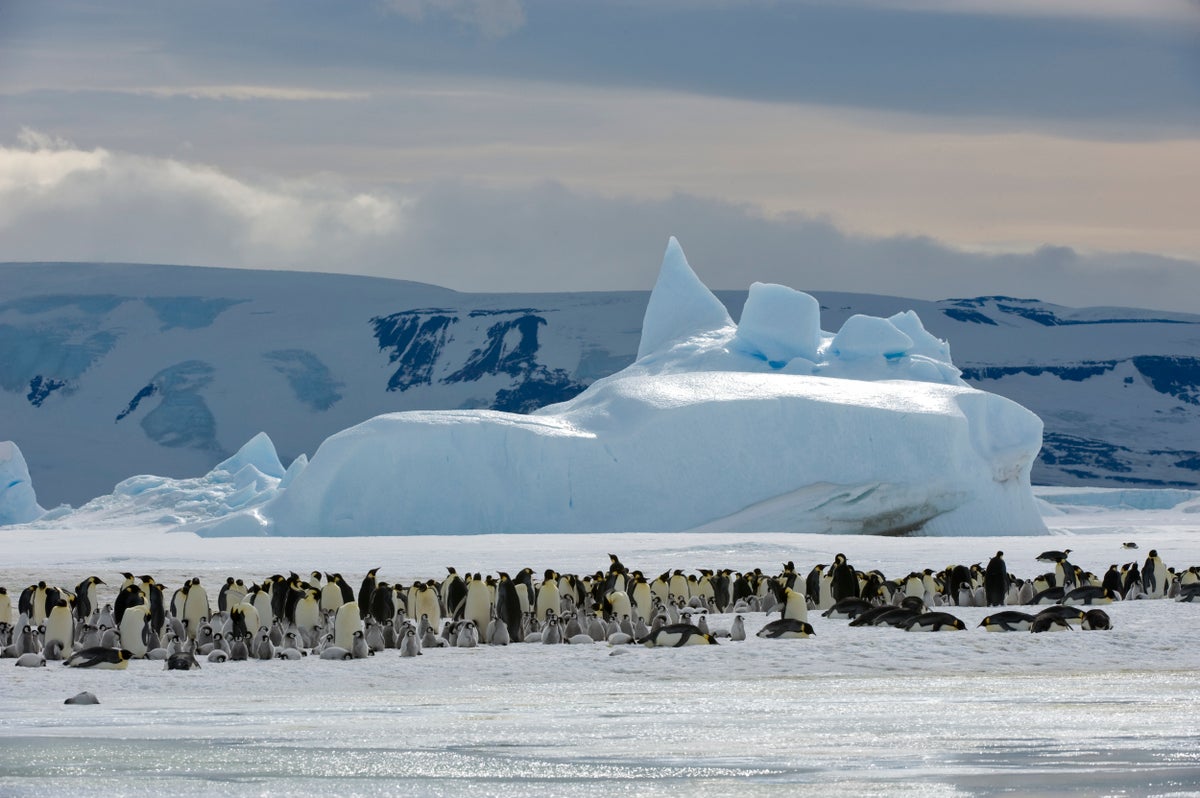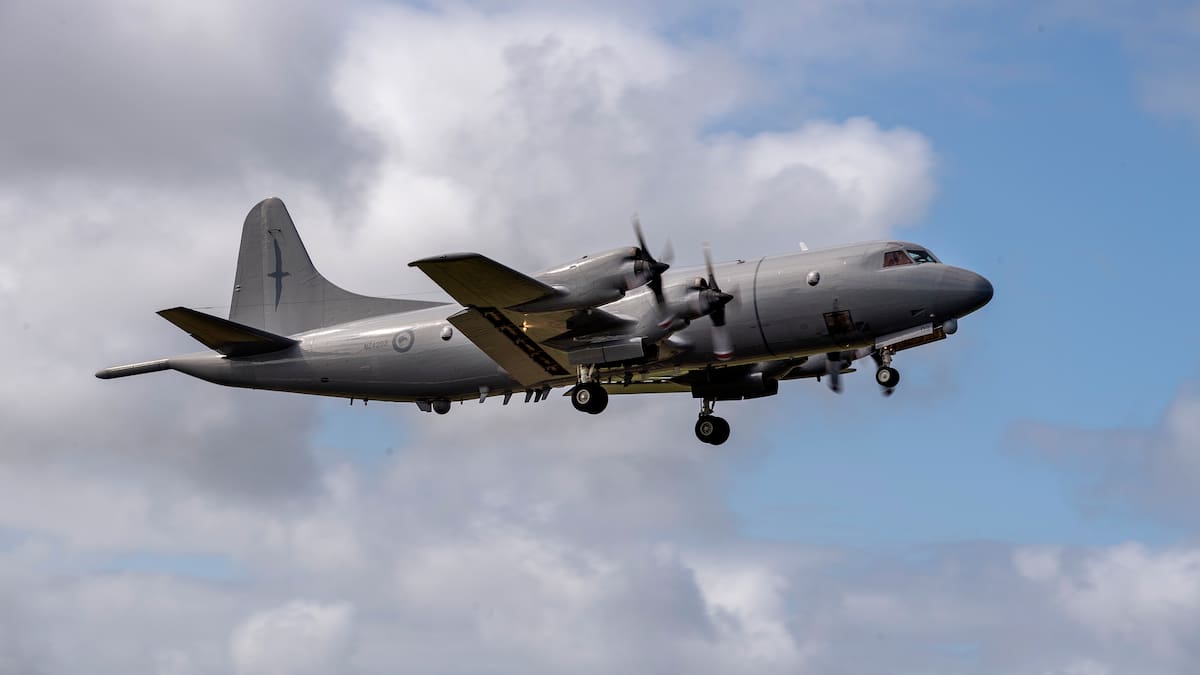Stuart M
Well-Known Member
The NZ ACF from its inception in the 30's (oddly enough by the 1st Labour government to save costs on warships)was for maritime strike, not fighter aircraft.View attachment 49959
From Wikipedia.
Realistically there are only two countries that could threaten New Zealand with Fighter aircraft, that is Australia (with multiple refuelling (KC30/C130j) of long range fighters (eg F-18SH) with long range munitions (LRASM)) and the USA (from carriers). With bombers, again, only Australia and USA, unless 3rd party airfields could be arranged. It could be in range of long range marine aircraft
No other country could realistically threaten NZ with fighters, even from carriers, it is simply too far away. Unlike pretty much every other country, its just not a threat for NZ.
NZ and its zones are exposed, to shipping threats. If the NZDF wants to increase in strength, the Navy is the priority area. The aircraft that NZ could look at are P8's, MC55A/EL/W2085, C130 type aircraft.
All of these are pretty expensive. But all of these would be relevant for NZ. They have long enough range to be able to operate from NZ itself, but provide regional presence. They could be based from fields further north and from smaller pacific fields, and provide huge range further north from those fields. Expensive to buy, but cheap to operate. The P8 and the G550 are based off commercial planes. Companies and celebrities can afford to operate this class of aircraft.
- P8 has ~8000km range. It can carry strike missiles, torpedo's, buoys, rescue packages, etc. Its a kinetic hitter. It can also do SAR. 11 hardpoints. This is the aircraft US/AU/CA etc are using to conduct freedom of navigation flights which the Chinese are opposing with Fighter jets. Front line aircraft, providing real presence operations in contested spaces.
- G550 based MC55A/AEW has a ~12,000 km range. It can conduct EW/SIGINT ops. It can degrade the environment that enemy ops can't be sustained or conducted. It can jam airspace, It can collect intelligence, it can manage airspace, it can force multiply with US and AU elements as well as globally make contributions as most other air forces do not have these capabilities.
- C130 ~7000km range. It can lift equipment and resources, and sustain deployments across the region as well.
If NZ wants to improve its Navy, it shouldn't be looking at short range diesel submarines, which make as much sense as fighter jets. There are no strategic straits or tight geography around NZ for them to operate (again like fighter jets, where over the open pacific ocean do we see airbattles happening?).
It could however look at operate 4+ large frigates in the 3000-7000t range. Crewing would be much the same as the two frigates it has now, so while a large upfront acquisition cost, operational costs would be much the same as operating the current two Anzacs it currently has. They would be regionally and globally more important. A well armed, capable frigate is always a significant asset, in any situation.
NZ has in its favor an ally like no other in Australia. Australia shares a similar world view to NZ. Australia and NZ are brothers in arms and share a migration, military and economic policy basically unlike anywhere else. Australia is the regional superpower. Australia is aligned very closely with the global superpower. NZ also has strong relationships with the UK. No one is going to threaten the UK without those other elements getting involved.
However, they have limited resources. Australia is huge in area. It struggles to patrol it vast (~15% of the earth surface) SAR zone and huge EEZ zone as well as provide military coverage of alliances up north. The US has many capabilities, but again, its looking far north. It has basically no bases in the south pacific.
So its not going to be some unknown Chinese carrier strike group that slips through that NZ will have to repel, but perhaps, a lone ship, a grey coast guard ship, military/commercial fishing ships, intelligence ships, SSN etc. If NZ can close the EM spectrum to that ship, it becomes useless, if it can make it known where and what it is doing, it becomes useless.
Any investment in this capability would also be useful globally. Many forces don't invest in these type of enablers sufficiently.
If you look at historical events and probable future threats I think the reasoning from then still largely follows, so I would expand on your thoughts on this; surface and sub-surface threats from SSNs and single ships or at worst small squadrons at the high end with intent of intimidation or trade blockade by various means.
I dont see the P8 as being sufficient for this, but good for a lot of it, but what does matter is range and payload.
I agree with you entirely on a need for EW aircraft.
Certainly a South Seas Battle of Britain is not on the cards, but I do feel that NZ reqirements for an ACF are not in anyway like that of the US/AU/UK or others and NZ should not try to mimic their purchase choices as it would never make sense.




